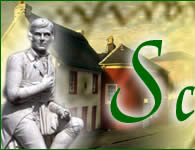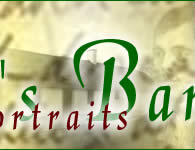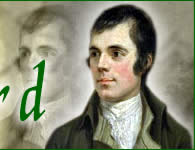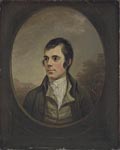 |
 |
 |
 |
| intro | portraits | personal life | professional life | poems & songs | homes | descendants | memorials | further | |||
sections:Burns' portrait, by Taylor |
Painting of Robert Burns (1759-1796)By Alexander Nasmyth, 1787
It was while Burns was in Edinburgh that Alexander Nasmyth painted this portrait, now the most famous image of the poet. Introduced to each other by their mutual acquaintance and patron, Patrick Miller of Dalswinton, Burns and Nasmyth became good friends. The portrait was commissioned by the publisher William Creech, to be engraved for a new edition of Burns' poems. Apparently Nasmyth never quite completed the portrait, preferring to leave it unfinished rather than take the risk of losing his likeness. The poetry of Robert Burns, both in Scots and English, has become an important part of Scottish national identity. His personality - democratic and generous - has also become an ideal for many Scots. • click here for SCRAN Resource |
|
| intro | back to top | developed by SCRAN |
